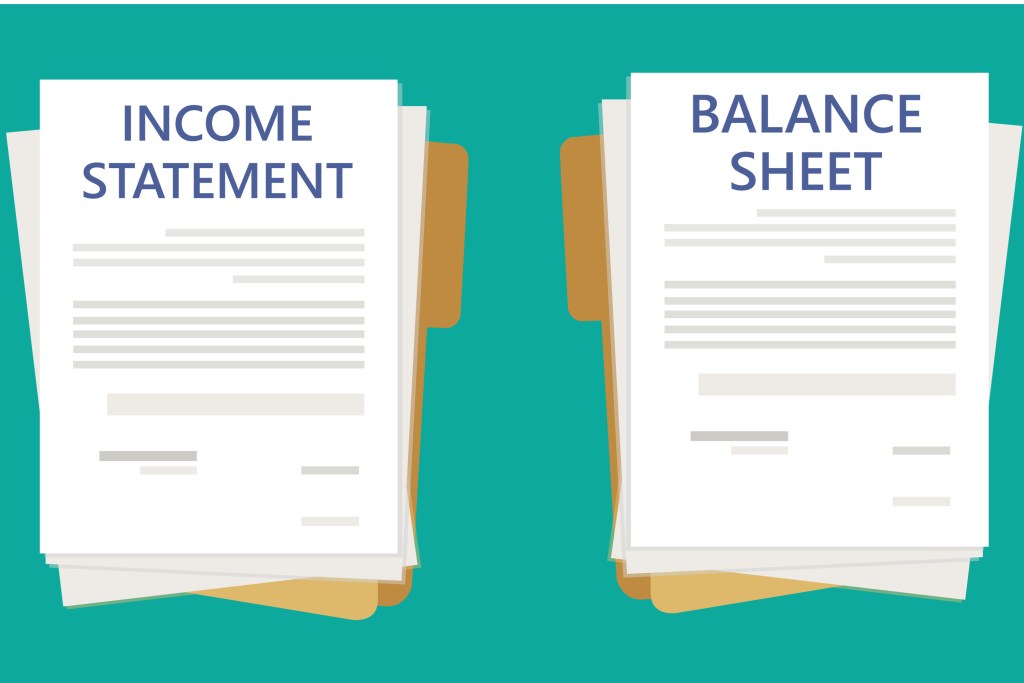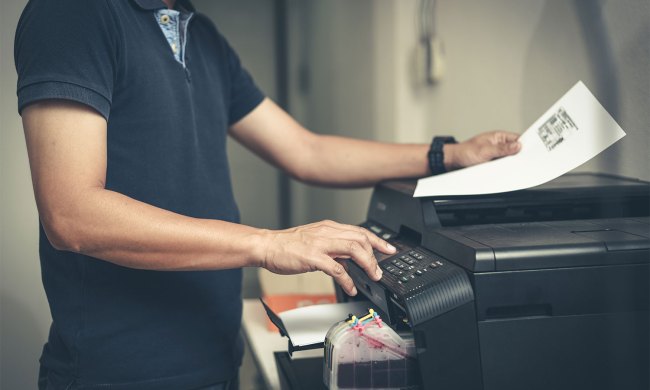Business accounting can be daunting, especially if you don’t have an accounting degree. It’s always a good idea to outsource your business’s accounting duties to a licensed accountant. However, sometimes business owners need to cut costs wherever possible. Many times, that means doing your own accounting.
In-house accounting requires time and dedication to get it right, but it’s not impossible. As long as you utilize accounting best practices and use the right tools, you’ll be balancing your books in no time. If you’re wondering how to get started, it’s best to review the basic accounting principles first.

Basics of accounting
Accounting is all about record keeping. You’ll need to utilize four primary accounting spreadsheets to keep accurate financial records for your business. These four spreadsheets are frequently cross-referenced to track income, expenses, costs, and many other critical financial records.
Cash flow statement
Cash flow is the lifeblood of any business, and you must track it frequently on your cash flow statement. The cash flow statement follows all the points at which money enters your company. It could be cash from investments or other sources, not just your business income. On the same note, it also tracks how cash exits the organization through expenses, depreciation, and other financing activities.
Income statement (profit/loss statement)
Your business’s income statement is a snapshot of your company’s profitability. Often referred to as the profit and loss statement, it can be tracked weekly, monthly, quarterly, bi-annually, or annually. It shows the overall business income from sales less operating costs and expenses.
Balance sheet
The balance sheet shows your company’s overall worth. It’s essentially a breakdown of what you own versus what you owe. The balance sheet shows all the business assets, liabilities, and equity. It also shows all of the business profits that have been reinvested, otherwise known as retained earnings.
Accounting terms to know
Now that you’ve got your necessary spreadsheets ready, it’s critical to understand basic accounting terminology and how it fits into each document.
- Asset: An item your business owns, such as a security system or computer.
- Liability: Something you owe money on, like a loan or an outstanding bill.
- Expense: This is something you spend money on to run your business, like utilities or office space. Expenses can be classified as fixed, variable, operating, or accrued.
- Sale: A transaction your business earns cash on, also known as “money in.”
- Accounts Receivable: This is how much is owed to you for goods or services provided. Accounts receivable is considered an asset on the balance sheet.
- Accounts Payable: This is money your business owes for goods or services provided to your company. Accounts payable is considered a liability on the balance sheet.
- Capital: Also known as “working capital,” capital is cash a company has to spend or invest. Capital is funds that can be accessed at any given time, not including assets or liabilities.
- Equity: The amount of money invested into a business. Time and energy put into a business, such as a business owner handling the accounting, can be a form of equity, sometimes called “sweat equity.”
- Cost of Goods Sold (Cost of Sales): Cost of goods sold (COGS) is the overall cost of providing your good or service.
- Depreciation: Depreciation is the loss of an asset’s value over time that you can write off at tax time. Understanding depreciation is essential for asset-heavy businesses to see better returns on their investments.
- Accruals: Accruals are debits or credits recorded at the time of a transaction but not yet collected or paid.
- Revenue: Revenue is the total amount of funds collected before any expenses are deducted.
- Profit: Profit is “the bottom line” in any business. It’s sales minus expenses and COGS.

General accounting tips
Now that you’ve got a grasp on the basic terms and how to record your finances, here are some general guidelines for handling your books.
Pick an Accounting Method
There are two main bookkeeping methods that businesses use. Depending on how your company operates, one might be beneficial over the other.
Cash Method
The cash method of accounting records all transactions as they happen. This method is commonly used by small businesses that have more straightforward daily cash transactions. This method is beneficial because it shows how much cash you have at any given time, and there’s no tracking receivables or payables. If you’re a business owner who’s doing the accounting, this is most likely the method you’ll use.
Accrual Method
As mentioned above, accrual accounting records transactions on the day they happen, but the actual debits and credits may not have occurred. The accrual method is used by larger companies that work with many different vendors and record many transactions in a single day. By law, a company whose annual revenue exceeds $5M must use the accrual method.
The accrual method of accounting may give you an inaccurate view of a company’s profits because it doesn’t account for cash flow. However, it’s the best way to depict how a business operates day-to-day accurately.
Purchase software
No matter how much you might love old-school pen and paper methods of record-keeping, this day and age, it’s simply more work than you need to do. There are many different types of accounting and payroll software available to business owners that will dramatically cut down on time spent on accounting and help guide you in the process. For instance, many accounting software helps separate expenses into their correct categories and itemize them by the appropriate department.
Get a dedicated business bank account
It might seem like common sense, but the number of small business owners that try and juggle personal and business finances out of the same bank account might shock you. By having a dedicated business bank account, you can more accurately track and compare how money enters and leaves your business with your accounting records. These days, most online banking platforms also offer electronic payment gateways, which will allow you to send and receive money seamlessly and is another money tracking tool.
Adhere to standardized accounting principles
Licensed accountants are required to follow a strict guideline of standards and practices set in place by the Financial Accounting Standards Board (FASB). These Generally Accepted Accounting Principles (GAAP) are required, by law, for all publicly traded companies. Even if your small business isn’t publicly traded, these principles will help you have more transparent and accurate accounting. Using the GAAP will also prove very helpful if your business ever happens to be audited by the IRS.



